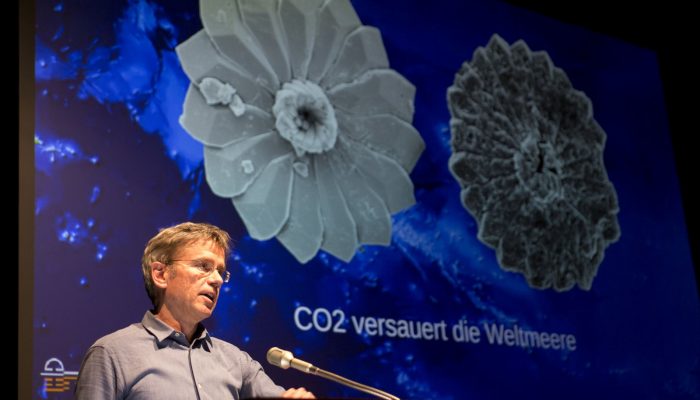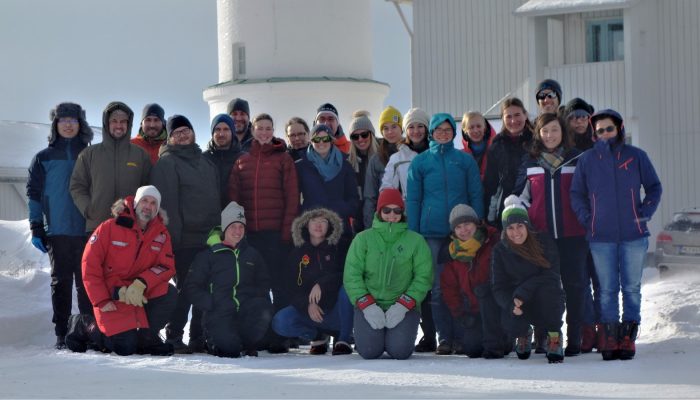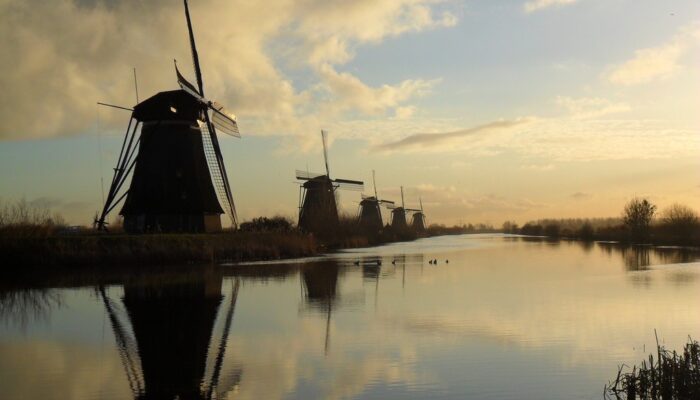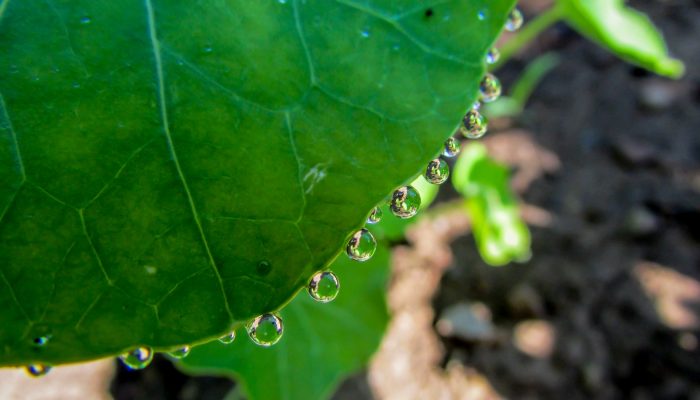#EGU19 program is ready! Are you ready for it? The next EGU’s General Assembly is taking place in one week! We bet you already started planning your program for the week, that Natural Hazard (NH) sessions are included, and, especially if you are an Early Career Scientist (ECS), you have found many sessions and courses targeting your specific needs and interests. What fits more to you ...[Read More]
If you didn't find what you was looking for try searching again.
Hydrological Sciences
Sweet Bonanza Review
Sweet Bonanza Review Sweet Bonanza is an all-new slot machine that immerses players in a world of sugary slots and features. It also includes free spins. Also, players have the option to try demo versions of the game before investing their own money. This unique slot boasts a 6-x-5-grid and offers cluster payouts in place of traditional paylines. That means that when you form winning combinations, ...[Read More]
GeoLog
Public engagement events at the EGU General Assembly
Thousands of scientists gather in Vienna every year to network and to present and discuss their research at the Austria Center Vienna (ACV). Aside from a packed and diverse programme for scientists at the meeting, the EGU also organises events aimed at the local Viennese public, as well as a few public engagement events and sessions for scientists at the ACV. Night at the museum: EGU Public Lectur ...[Read More]
Cryospheric Sciences
Image of the Week – 5th Snow Science Winter School
From February 17th to 23rd, 21 graduate students and postdoctorate researchers from around the world made their way to Hailuoto, a small island on the coast of Finland, to spend a week learning about snow on sea-ice for the 5th Snow Science Winter School. The course, jointly organized by the Finnish Meteorological Institute and the Swiss Federal Institute for Forest, Snow and Landsca ...[Read More]
GeoLog
GeoPolicy: Science for Policy at the 2019 General Assembly!
The EGU General Assembly is the largest geoscience meeting in Europe. Not only does it have a diverse array of sessions that you can attend within your own area of expertise but there are also thousands of sessions that will be outside of your research field, as well as sessions on topics that can be applied to a wide range of scientific divisions, jobs and industries – such as science for p ...[Read More]
GeoLog
Geosciences Column: Flooded by jargon
When hydrologists and people of the general public use simple water-related words, are they actually saying the same thing? While many don’t consider words like flood, river and groundwater to be very technical terms, also known as jargon, water scientists and the general public can actually have pretty different definitions. This is what a team of researchers have discovered in recent study, and ...[Read More]
GeoLog
What’s on for early career scientists at the Assembly in 2019
This year, there’s a great line-up of early career scientist (ECS) sessions at the General Assembly. Not only that, but there are opportunities to meet those that represent you in the Union, get to know other ECS in your field, and make the most of both the scientific and social sides of the conference… Networking First up for ECS is the icebreaker event during the opening reception on the Sunday ...[Read More]
Geomorphology
EGU General Assembly 2019 – all info you need
The European Geosciences Union General Assembly 2019 is about to open its doors. With less than two weeks time, we would like to provide a small guideline if you attend this EGU GA 19 for the first time and/or if you are an Early Career Scientist (ECS). We, that are your Geomorphology (GM) Division ECS Represenatives: Michael Dietze and Annegret Larsen, together with the ECS Rep team members Eric ...[Read More]
GeoLog
Advance your career at the General Assembly 2019
Attending the EGU General Assembly offers you countless opportunities to meet scientists from all over the world, learn about the latest advances in the Earth, planetary, and space sciences, and present your research to the science community. This annual meeting is also a great chance to network, pick up tips on how to boost your career, and find job opportunities. Here are just some of the ways t ...[Read More]
Geology for Global Development
Planning for future cyclone Idais; Cloud seeding in the Philippines; Climate Change Getting you Down? This and more in Jesse Zondervan’s March 2019 #GfGDpicks #SciComm
Each month, Jesse Zondervan picks his favourite posts from geoscience and development blogs/news which cover the geology for global development interest. Here’s a round-up of Jesse’s selections for the last month: The UN World Meteorological Organization called cyclone Idai, which hit Mozambique this month, “possibly the worst weather-related disaster to hit the southern hemisphere”. Civil Enginee ...[Read More]








